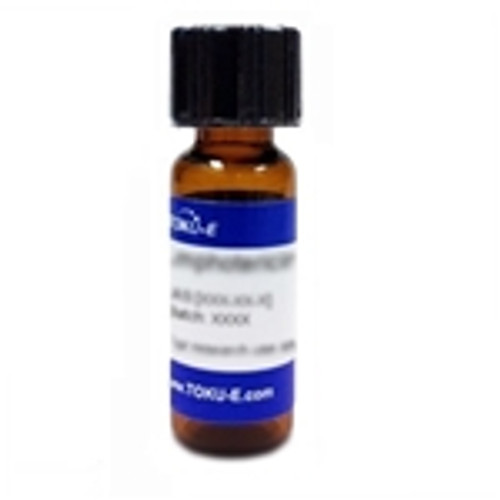Kigamicin C was discovered by an anti-austerity strategy, targeting cancer cells' tolerance to starvation. It selectively kills PANC-1 cells (a pancreatic cell line) at concentrations 100 times lower under nutrient starved conditions than in normal conditions. It is active in vivo against a human pancreatic cancer xenograft model. Kigamicin C also inhibits the growth of Gram positive bacteria including MRSA, but is not active against Gram negative bacteria.
Kigamicin C is soluble in ethanol, methanol, DMF or DMSO. Poor water solubility.
Kigamicin C is soluble in ethanol, methanol, DMF or DMSO. Poor water solubility.
| Mechanism of Action | The mechanism of action is proposed to be via blockade of aPKB/Akt activation, caused by the withdrawal of nutrients. |
| References | Kigamicin D, a novel anticancer agent based on a new anti-austerity strategy targeting cancer cells' tolerance to nutrient starvation. Lu J. et al. Cancer Sci. 2004, 95, 547. Kigamicins, novel antitumor antibiotics. II. Structure determination. Kunimoto S. et al. J. Antibiot. 2003, 56, 1012. Kigamicins, novel antitumor antibiotics. I. Taxonomy, isolation, physico-chemical properties and biological activities. Kunimoto S. et al. J. Antibiot. 2003, 56, 1004. |








